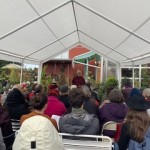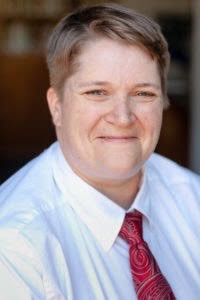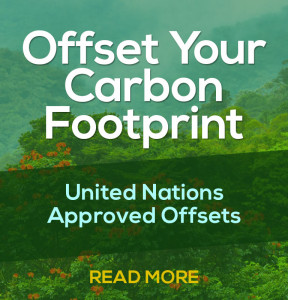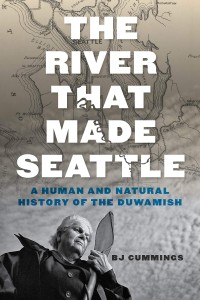Some information…and an invitation
How toxic are your clothes?
By Marian Christjaener of the Creation Care Team of Peace Lutheran Church
My family reminded me often that I was rather persnickety about what clothes I would wear even as a preschooler. They had to be non-itchy, and they had to feature the color black. One photo from that time reveals a scrunched-up face as an offending collar was “attacking” my neck, while another photo shows a very pleased expression because black was prominent in my fancy dress.
These days, my clothing choices are guided more by what their fabric is doing to the environment. While I am not tossing out everything in my closet, I try to pay attention to the contents and the manufacturing process of the clothes that I purchase. When you put on a piece of clothing, have you considered the entire process that occurs before, during, and after it is part of your wardrobe?
Extraction of raw materials – Synthetic fibers such as polyester, nylon, acrylic, and elastane (Lycra and Spandex) are petroleum-based, which can more than double the carbon footprint of a piece of clothing that is comparable to one made with cotton. However, regular cotton is treated with pesticides and fertilizers that degrade the soil and contaminate water, and even organic cotton needs a great amount of water during its growing season.
Manufacturing – The chemicals used to produce wrinkle-free, stain-resistant, waterproof, and odor-resistant clothing include PFCs, fire retardants, and formaldehyde. Natural fabric that is sourced from tree pulp is also often heavily treated with chemicals in order to soften it. These and the dyes used to color our clothes cause further damage to our environment.
Distribution – By the time a new item of clothing has reached you, it has been packaged (often in plastic), probably transported in container ships from overseas, and then trucked to a distribution center from which it will take another trip to a store or be loaded onto a van that delivers it to your house.
Consumption – Whenever petroleum-based clothing goes into your washing machine, microplastics and other pollutants eventually end up in our waterways. Microplastics have been found in the deepest parts of the ocean (and in the fish we consume) as well as in snow near the top of Mt. Everest.
Disposal – Many fabrics are a blend of synthetic and natural materials, which means that they will most likely not biodegrade. This is also true of clothing that is made from recycled water bottles. And, unfortunately, many of the clothes that are donated to charities end up in landfills (such as the one in the Atacama Desert in Chile) where they release greenhouse gases and leach toxins into the soil and the water.
Taken in its entirety, the fashion industry is reported to be the second highest source of pollution to air, ground, and water, and it is responsible for 8–10% of the world’s carbon emissions. So, what can you do about the harm caused by your clothing?
- Wash your clothes less frequently and wait until you have a full load. A full load results in less friction and, thus, less shedding of microfibers.
- Use filters for your washing machine or purchase specially-made bags that “capture” microfibers.
- Avoid fast fashion that entices consumers into thinking that they need the “latest and greatest” trends of cheap clothing that cycles quickly through stores and online sources.
- If you have favorite brands, ask the companies about everything that takes place in their supply chain, including how workers are treated.
- Buy used clothing or participate in clothing swaps.
- Look for these certification labels: bluesign, Oeko-Tek, and GOTS. These labels generally ensure less environmental impact and more sustainable practices by the textile manufacturers.
- Shop for clothing made from eco-fabrics such as hemp, flax, and TENCEL; while the production of clothing from these fabrics can also be energy intensive, the fabrics themselves are natural.
GA_TextilesReport_Final_0.pdf (greenamerica.org)
Can fashion ever be sustainable? – BBC Future
For more information:
– About Creation Care at Peace Lutheran Church
– About our Creation Care Team


 Saturday, May 6th, 2023
Saturday, May 6th, 2023


 Advocacy Basics
Advocacy Basics




